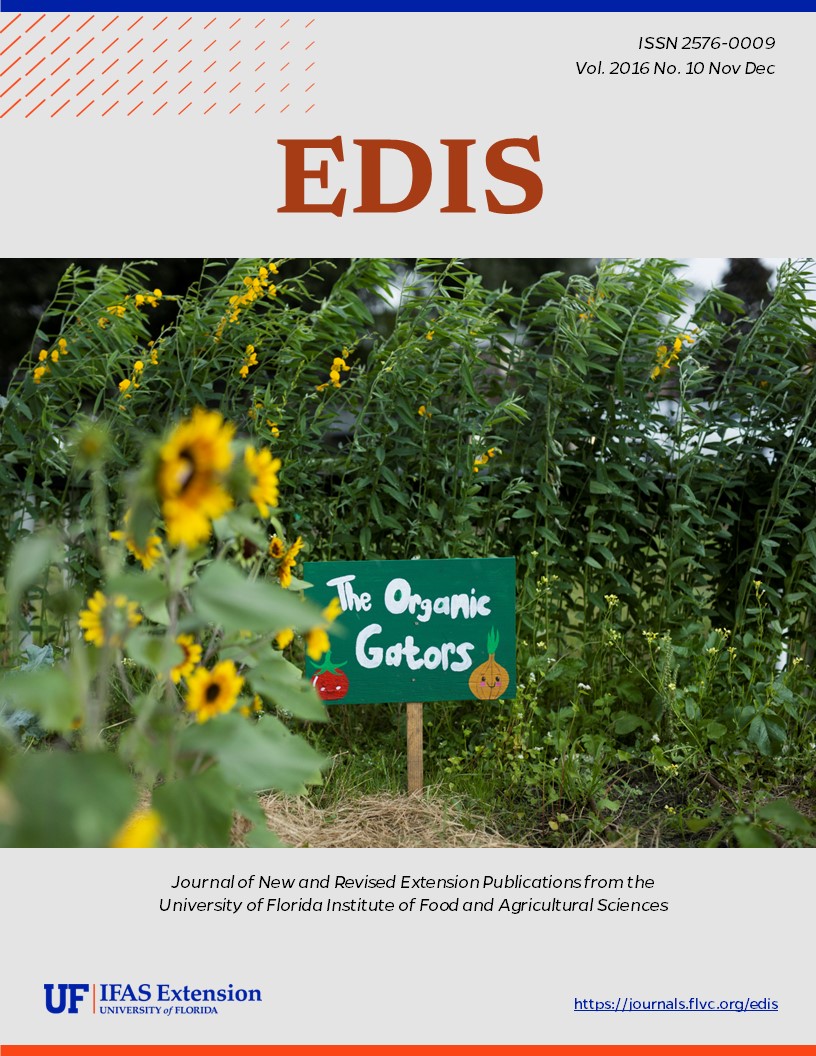Abstract
Ichthyophthirius multifiliis (Ich) is a protozoan parasite that can cause severe losses in aquaculture and aquariums. It is introduced via new fish, substrates, plants, or equipment. Preventive measures include quarantining and treating new fish, holding plants without fish, and disinfecting decorations. Ich can cause rapid, high mortality among fish. Immediate treatment is necessary due to its fast reproduction. Since only the infective theront stage is susceptible to treatment, repeated treatments or prolonged salt use are required. Daily tank cleaning helps remove the parasite. Survivors can carry the parasite and reinfect others. This document is about how effective management and biosecurity practices, including quick treatment and multiple treatments during outbreaks, can help to control Ich and minimize economic losses. First published March 1991.

This work is licensed under a Creative Commons Attribution-NonCommercial-NoDerivatives 4.0 International License.
Copyright (c) 2016 UF/IFAS

